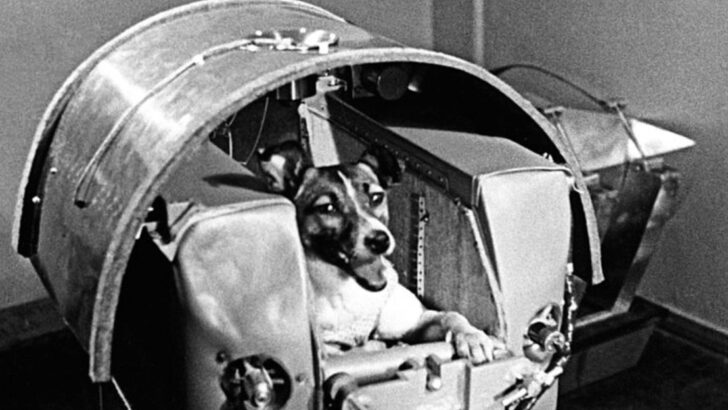Space travel isn’t just for humans – over the years, various animals have made their way to the stars, helping scientists better understand the effects of space on living organisms. From tiny insects to dogs, these brave creatures played a crucial role in paving the way for human space exploration. It’s hard to imagine how it must have felt to be the first living being to leave Earth, but these animals were essential to testing the limits of life beyond our planet.
Among the first were fruit flies, sent into space in the 1940s to study radiation exposure, followed by a dog named Laika who became the first animal to orbit the Earth. These stories, though often overshadowed by the achievements of astronauts, are no less remarkable. Each animal, whether they survived the journey or not, contributed to our understanding of space and ultimately shaped the future of human space exploration. From primates to tortoises, let’s take a look at the incredible animals that made history in the race to the cosmos.
Fruit Flies
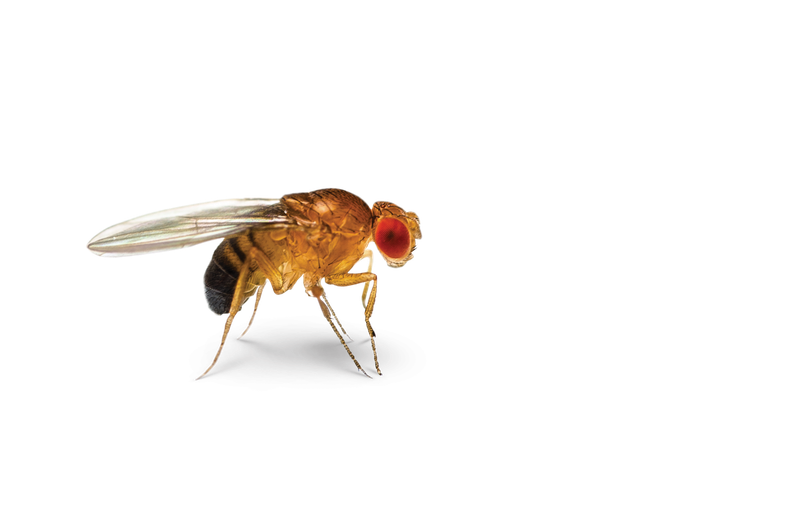
Fruit flies were the first animals to be sent into space. In 1947, these tiny insects were launched aboard a V-2 rocket to study the effects of radiation at high altitudes. Their journey provided critical data on genetic mutations. After reaching an altitude of 68 miles, the flies safely parachuted back to Earth. This mission confirmed that living organisms could survive space travel. Fruit flies, with their short life cycles and genetic similarity to humans, continue to be used in space research today. Their contribution to our understanding of biology in space remains invaluable.
Albert I and Albert II
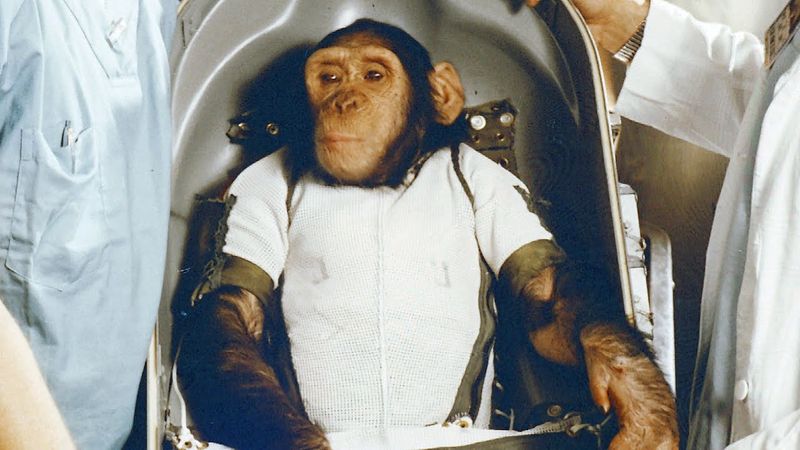
Albert I, a rhesus monkey, became the first primate in space in 1948. Unfortunately, he did not survive the journey, as the mission ended in failure. However, Albert II followed in 1949, reaching a height of 83 miles. He provided essential data on physiological responses to microgravity. Sadly, Albert II died upon impact due to a parachute failure. These missions laid the groundwork for future manned spaceflights, demonstrating the resilience and adaptability of primates in space conditions. The sacrifices of Albert I and II were pivotal in advancing human space exploration.
Laika the Dog
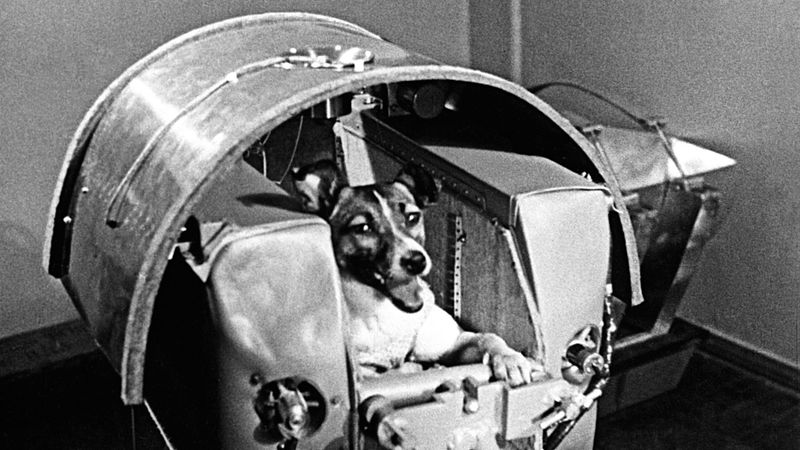
Laika, a stray dog from Moscow, became the first animal to orbit Earth in 1957 aboard Sputnik 2. Her mission was groundbreaking, providing insights into life support systems for humans. Unfortunately, Laika did not survive, as the technology to return her safely was not yet developed. She became a symbol of sacrifice in the name of scientific progress. Laika’s journey proved that living beings could endure the conditions of space travel. Her legacy continues to inspire discussions about ethics in animal testing and the responsibilities of space exploration.
Belka and Strelka
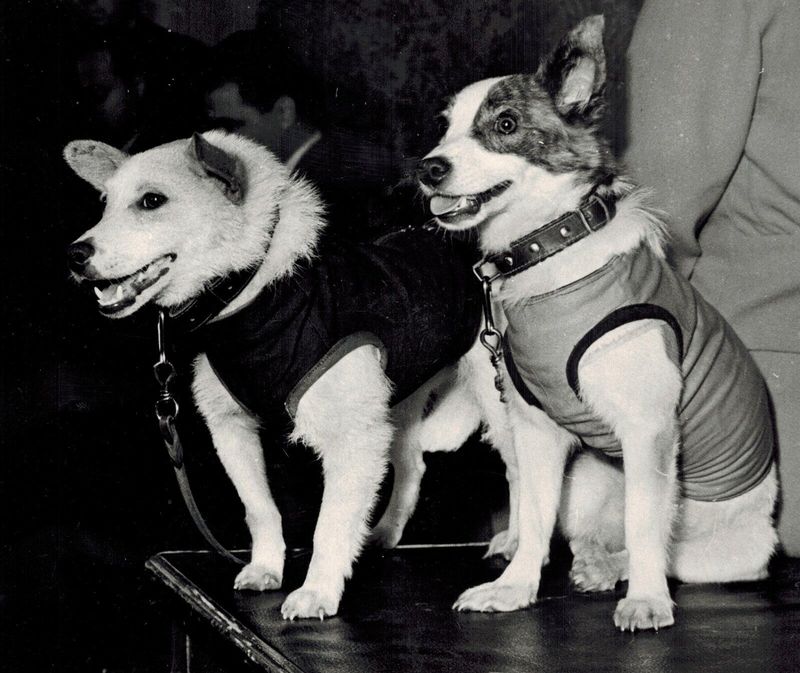
In 1960, Belka and Strelka, two Soviet space dogs, became the first animals to orbit Earth and return safely. Their successful mission aboard Sputnik 5 demonstrated that living organisms could survive prolonged space travel. The dogs spent a day in orbit, accompanied by other animals and plants, providing valuable data on the effects of space conditions. After their safe return, Strelka had puppies, one of which was gifted to President Kennedy. Belka and Strelka’s mission marked a significant milestone in space exploration. Their journey paved the way for human spaceflight.
Félicette the Cat
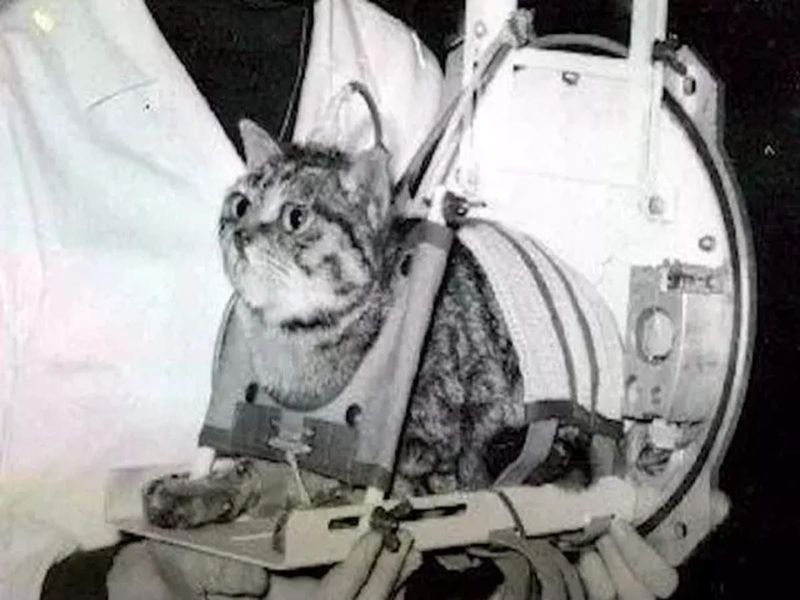
In 1963, Félicette, a French cat, was launched into space aboard a Véronique AG1 rocket. She was chosen from 14 female cats for her calm temperament. During her flight, electrodes implanted in her brain transmitted neurological data back to Earth. Félicette’s mission provided insights into the effects of space travel on the brain. She was the first and only cat to survive space travel, returning safely after 13 minutes in microgravity. Her mission contributed to understanding the neurophysiological impacts of spaceflight, highlighting her role in advancing scientific knowledge.
Tardigrades (Water Bears)
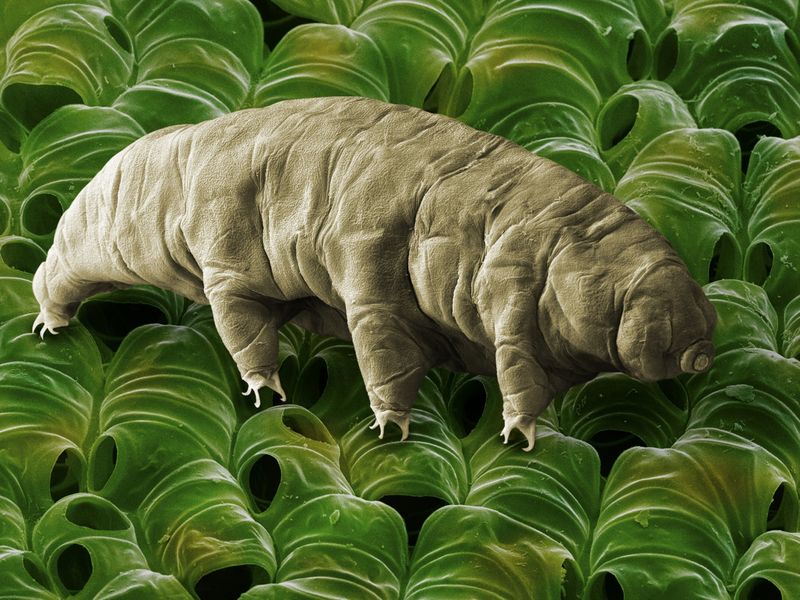
In 2007, tardigrades, also known as water bears, became the first animals to survive the vacuum of space. These microscopic creatures were exposed to the harsh conditions of space, including extreme temperatures and radiation, aboard the FOTON-M3 mission. Remarkably, they survived and even reproduced after returning to Earth. Tardigrades are known for their resilience, entering a cryptobiotic state to withstand extreme environments. Their survival in space has intrigued scientists, providing insights into the potential for life to endure harsh extraterrestrial conditions. Tardigrades’ extraordinary capabilities continue to be studied in astrobiology.
Mice in Space
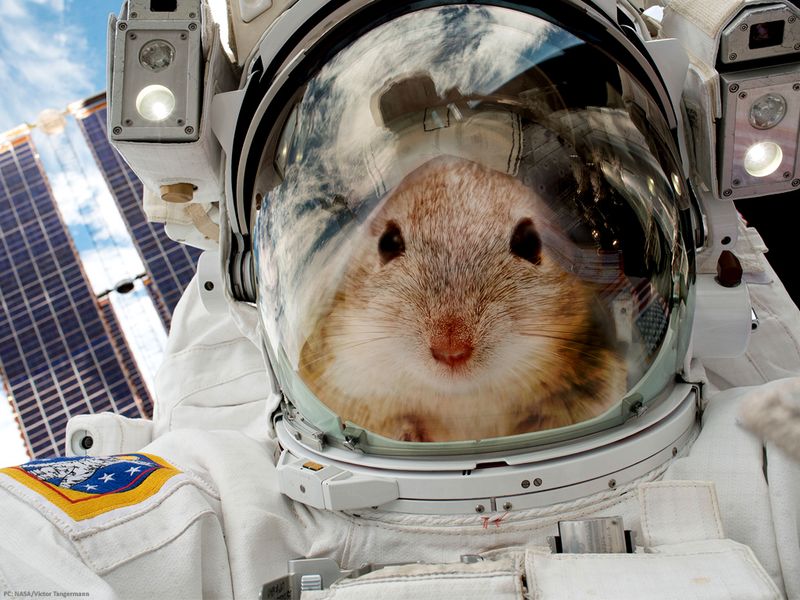
Mice have been frequent passengers on space missions since the early 1950s. These small mammals provide valuable data on the effects of microgravity on mammalian physiology. In 1950, the first mice were launched into space aboard a V-2 rocket. They have since participated in numerous experiments, contributing to our understanding of bone density loss, muscle atrophy, and radiation exposure in space. Mice remain a staple in space research, as their biological responses closely resemble those of humans. Their contribution has been instrumental in developing countermeasures to protect astronauts on long-duration missions.
Monkeys in Space
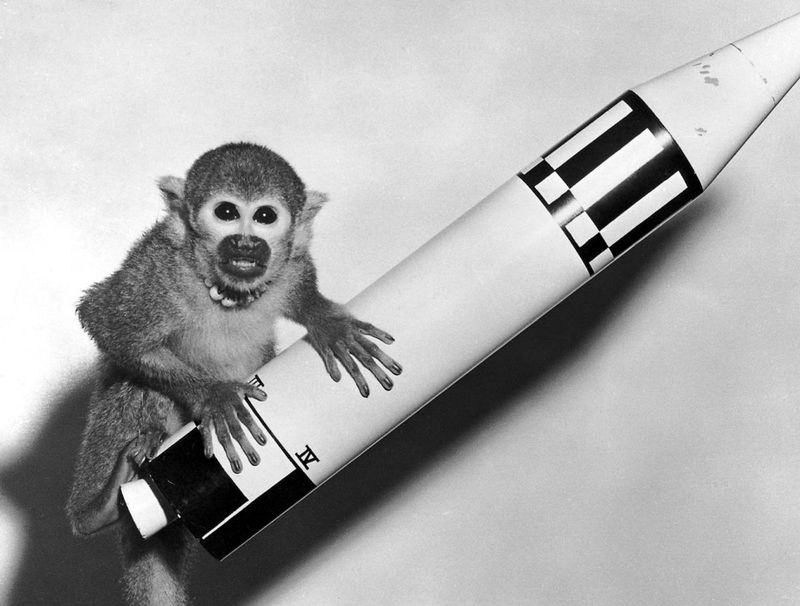
Monkeys have played a crucial role in space research, providing insights into the effects of space travel on primates. In the late 1940s and early 1950s, rhesus monkeys like Albert I and II were among the first to venture into space. These missions aimed to gather data on the physiological and psychological impacts of space travel. Despite the risks involved, monkeys have contributed significantly to our understanding of human spaceflight. Their participation has aided in developing life support systems and ensuring the safety of astronauts. Monkeys remain important subjects in space research.
Guinea Pigs in Space
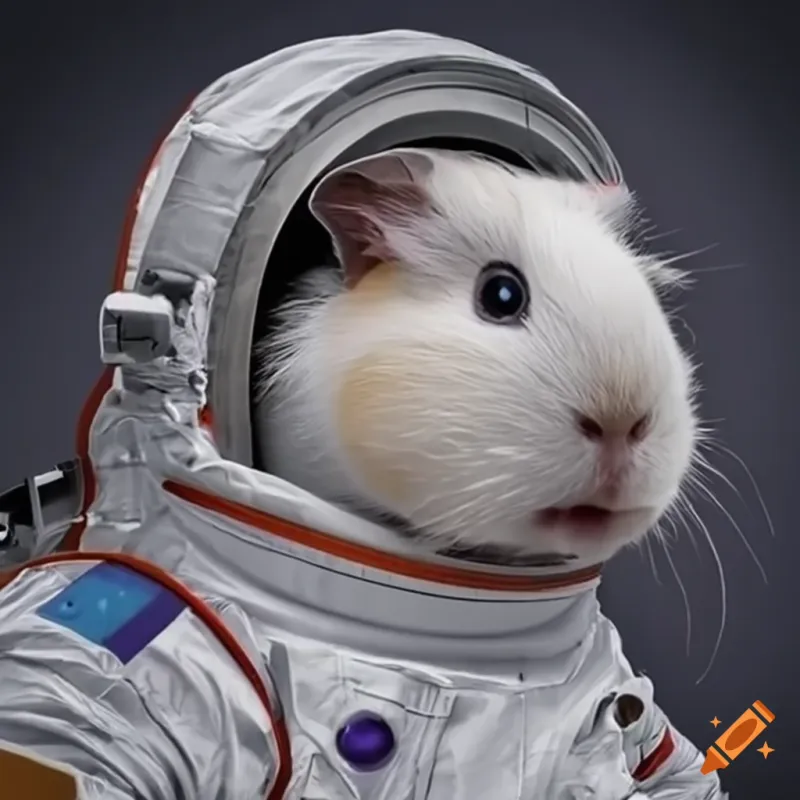
Guinea pigs were among the early space travelers, contributing to research on the effects of space travel on mammals. In 1961, they were launched aboard the Soviet spacecraft Korabl-Sputnik 4, along with a dog and other animals. These missions explored the impacts of microgravity, radiation, and stress on living organisms. Guinea pigs provided essential data on physiological changes during spaceflight. Their participation helped scientists understand how mammals adapt to space conditions, leading to advancements in life support systems for humans. Guinea pigs remain valuable in space research today.
Tortoises in Space
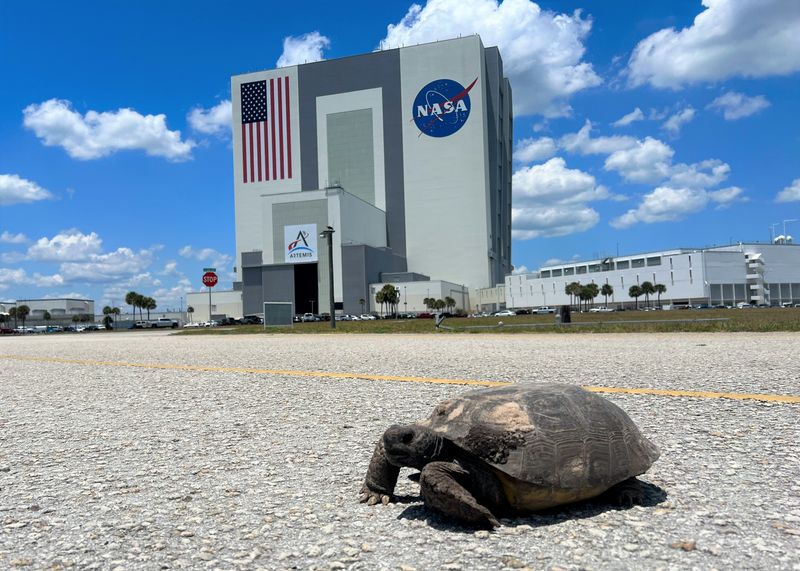
In 1968, two tortoises became the first animals to fly around the Moon aboard the Soviet Zond 5 mission. Their journey provided critical data on the effects of deep-space travel on living organisms. The tortoises survived the mission and returned safely to Earth, marking a significant milestone in space exploration. They helped scientists understand the biological impacts of long-duration flights and cosmic radiation. Tortoises’ resilience in space conditions demonstrated the feasibility of sending living beings on extended missions. Their contribution paved the way for future lunar and interplanetary exploration.
Rabbits in Space
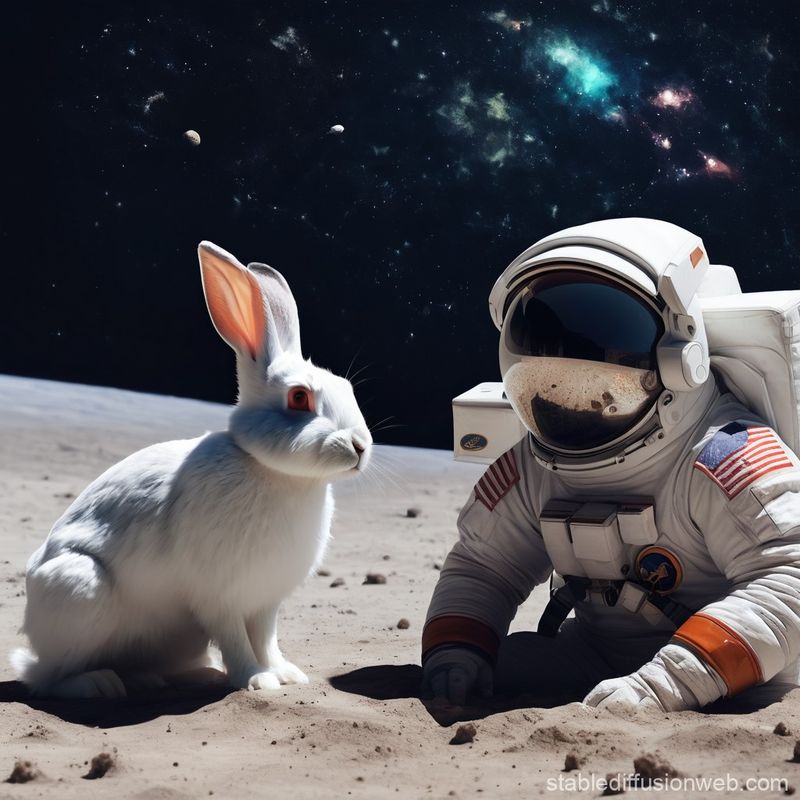
Rabbits have been part of various space missions, offering insights into the effects of space travel on larger mammals. In 1959, the Soviet Luna 2 mission included a rabbit as part of biological research. These missions aimed to study the physiological changes in mammals exposed to microgravity and cosmic radiation. Rabbits provided valuable data on cardiovascular and reproductive systems during spaceflight. Their participation has contributed to developing safe and effective life support systems for astronauts. Rabbits continue to be important in understanding the biological challenges of long-duration space missions.
Frogs in Space
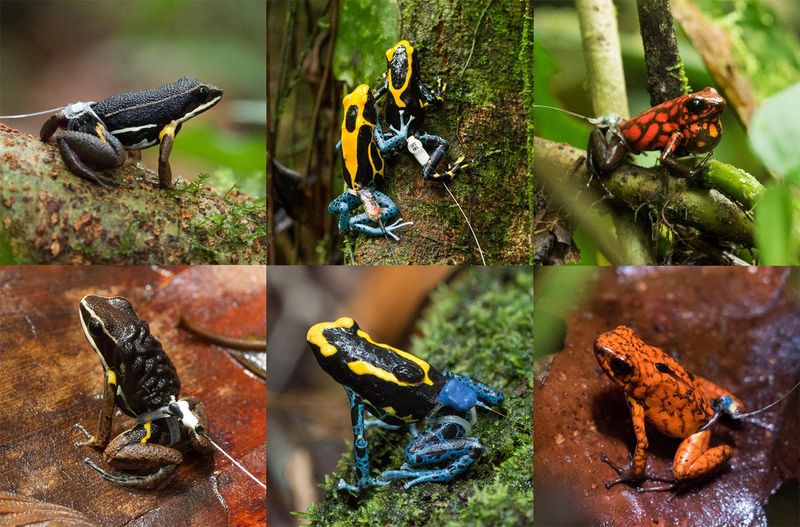
Frogs have been used in space research to study the effects of microgravity on amphibian development. In 1970, the first frogs were sent into space aboard NASA’s Orbiting Frog Otolith spacecraft. The mission aimed to understand how weightlessness affects balance and orientation in vertebrates. Frogs were chosen for their unique vestibular system, providing insights into human balance disorders. Their participation in space missions has advanced knowledge of how living organisms adapt to microgravity, informing future space travel. Frogs’ contribution to space research remains significant, aiding in developing countermeasures for astronauts.
Newts in Space
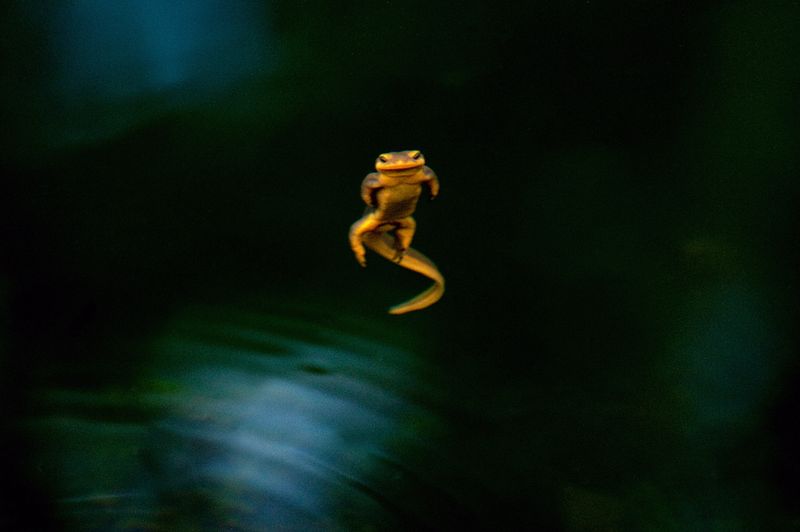
Newts have been integral to space research, particularly in regenerative biology. In 1994, they were part of a Russian space mission to study the effects of microgravity on limb regeneration. Newts are known for their remarkable ability to regenerate lost limbs, making them ideal subjects for such studies. The mission provided insights into how space conditions influence biological processes. Newts’ participation has helped scientists understand the potential for human tissue regeneration in space, contributing to medical research. Their unique abilities continue to be explored in space biology, enhancing our understanding of life sciences.
Jellyfish in Space
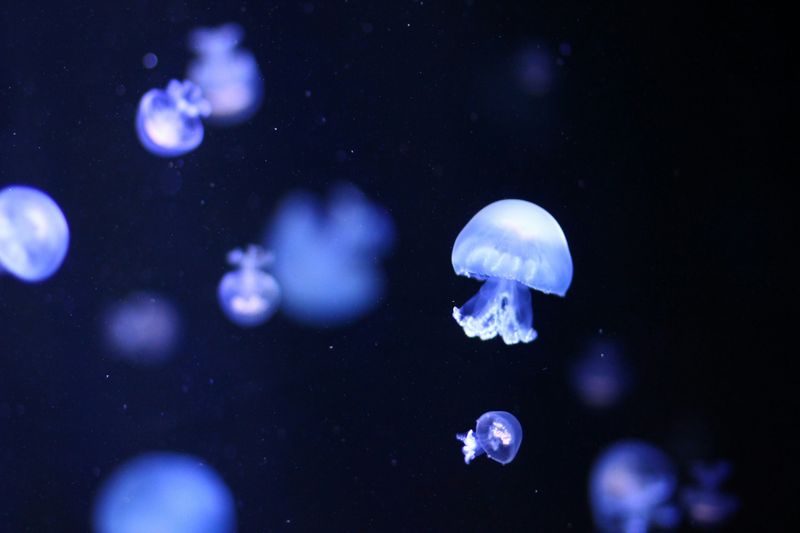
Jellyfish have been sent to space to study the effects of microgravity on animal development. In 1991, NASA launched jellyfish aboard the Columbia space shuttle to examine how weightlessness impacts their orientation and movement. These simple organisms provided valuable data on the development of gravity-sensing structures. Jellyfish raised in space exhibited difficulties in adapting to Earth’s gravity upon return, highlighting the challenges of space adaptation. Their participation has helped scientists understand the complexities of biological adaptation to space environments, influencing future research on the effects of space travel.
Spiders in Space
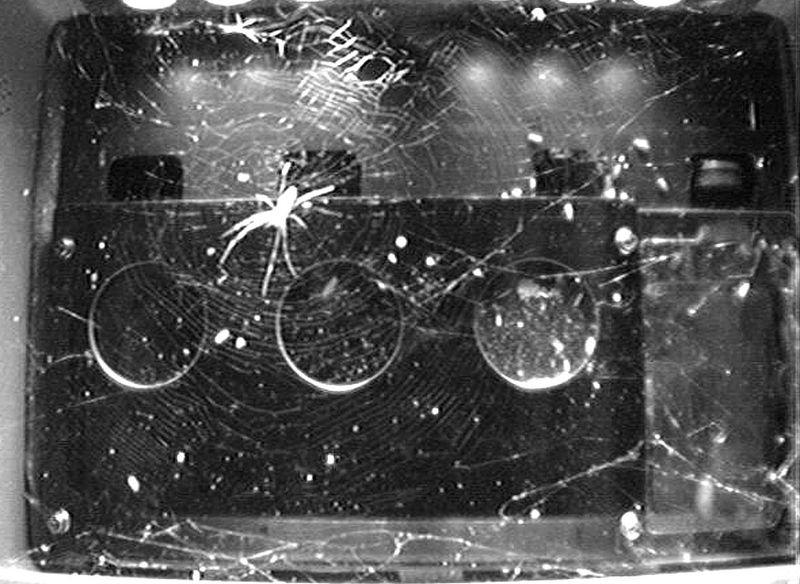
Spiders have been part of space experiments to study behavior and web-building in microgravity. In 1973, NASA sent two garden spiders aboard Skylab to observe their web construction in space. The results were fascinating, as spiders adapted their web-building techniques to the absence of gravity. These experiments provided insights into behavioral adaptation and neural plasticity in space. Spiders’ participation has contributed to understanding how living organisms modify their behavior in response to space conditions. Their unique adaptation strategies continue to be studied, offering lessons for long-duration space missions.
Bees in Space
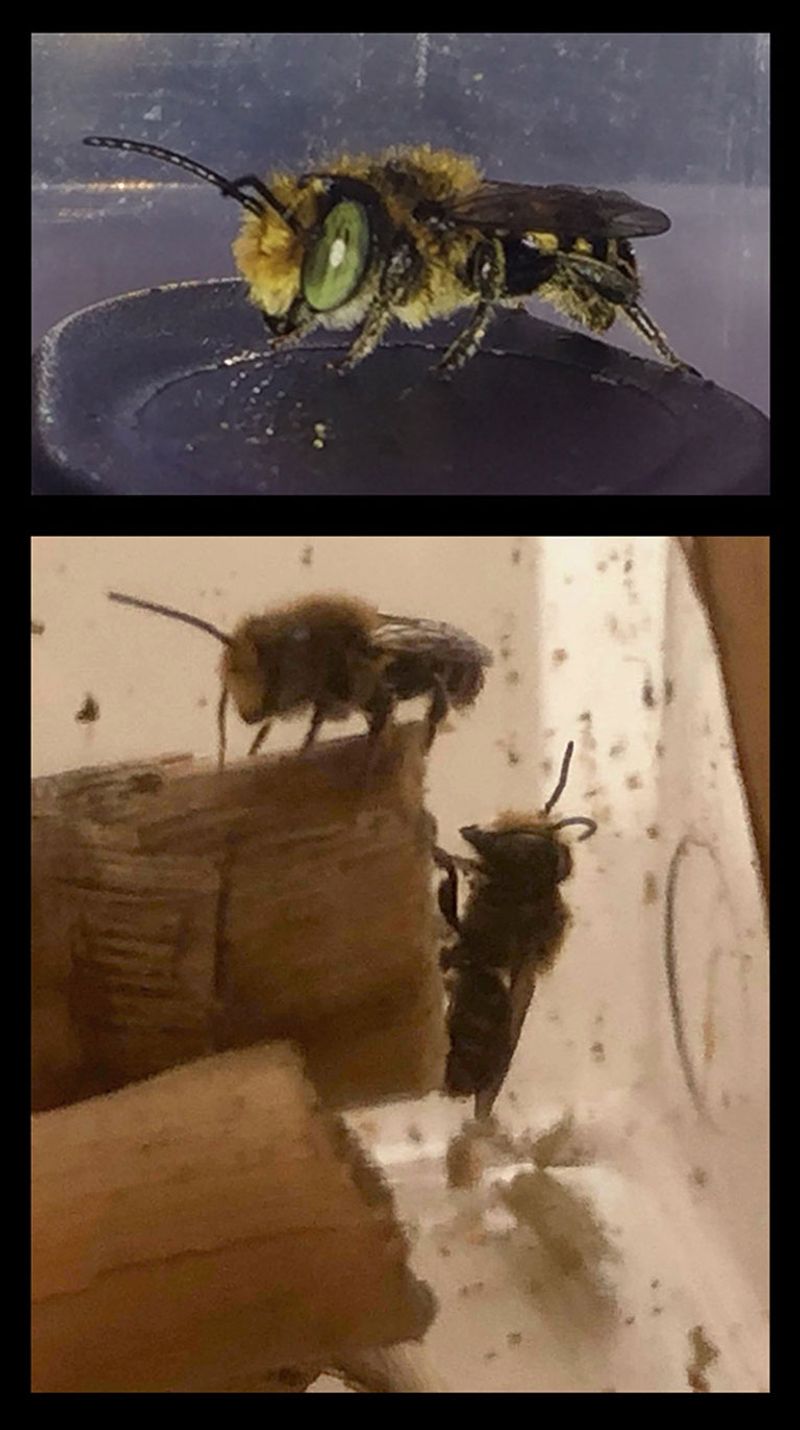
Bees have been part of space research, studying the effects of microgravity on social insects. In 1984, NASA’s Challenger shuttle carried bees to investigate their behavior and hive-building in space. The mission aimed to understand how weightlessness affects their complex social structure and communication. Bees adapted by altering their flight patterns and hive construction. These experiments provided insights into the resilience and adaptability of social insects in space. Bees’ participation has helped scientists explore the biological challenges of space travel, informing future research on life support systems for long-duration missions.
Crocodiles in Space
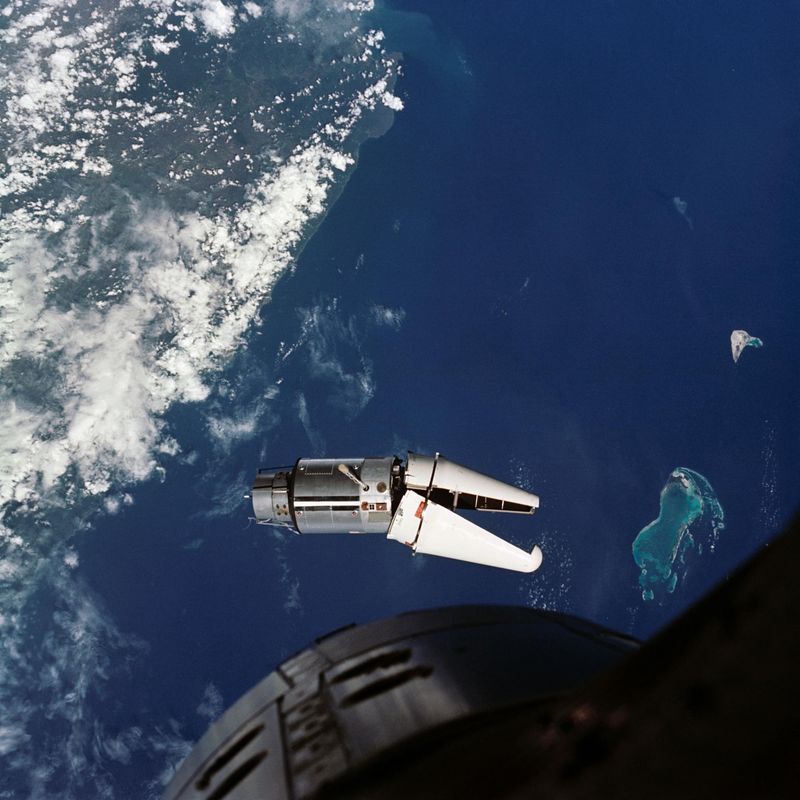
In 1994, baby crocodiles were sent to space aboard the Russian Bion 10 satellite. The mission aimed to study the effects of microgravity on the development of vertebrate embryos. Crocodiles provided valuable data on embryonic growth and adaptation in space environments. Their participation offered insights into the potential challenges of reproducing and raising animals in space. Crocodiles’ contribution to space research has enhanced our understanding of developmental biology in microgravity, aiding future space exploration. Their unique physiological responses continue to be explored, offering lessons for human space travel.
Sea Urchins in Space
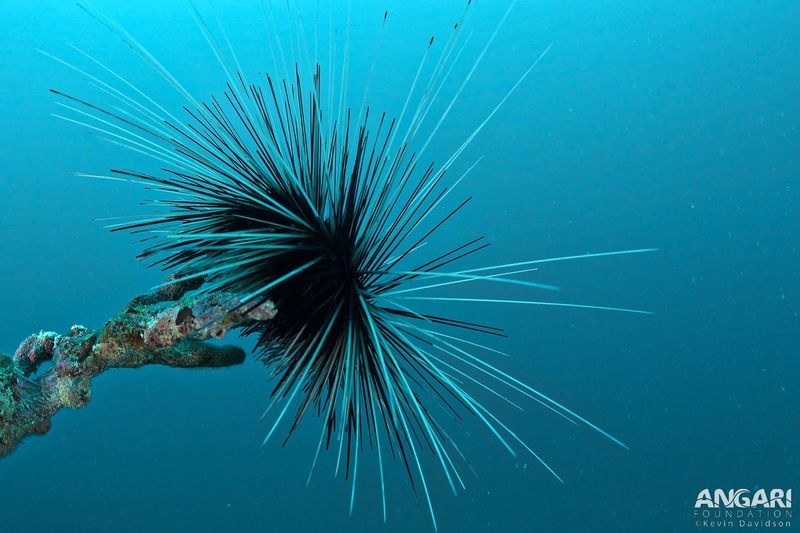
Sea urchins have been used in space research to study fertilization and early development in microgravity. In 1970, they were part of a Skylab mission to examine how space conditions affect embryonic growth. Sea urchins provided valuable insights into the reproductive processes of marine organisms in space. Their participation has contributed to understanding the challenges of life support systems for aquatic species in space environments. Sea urchins continue to be important in space biology, helping scientists explore the impact of space travel on reproduction and development. Their research remains crucial for future missions.

